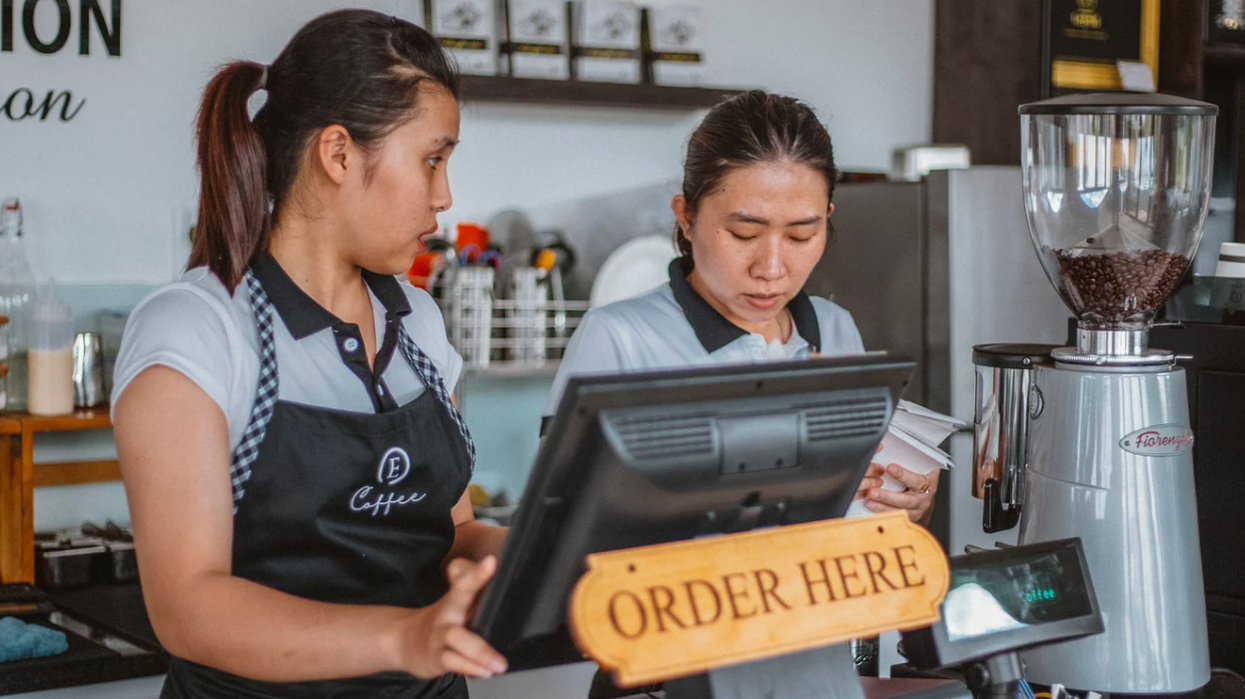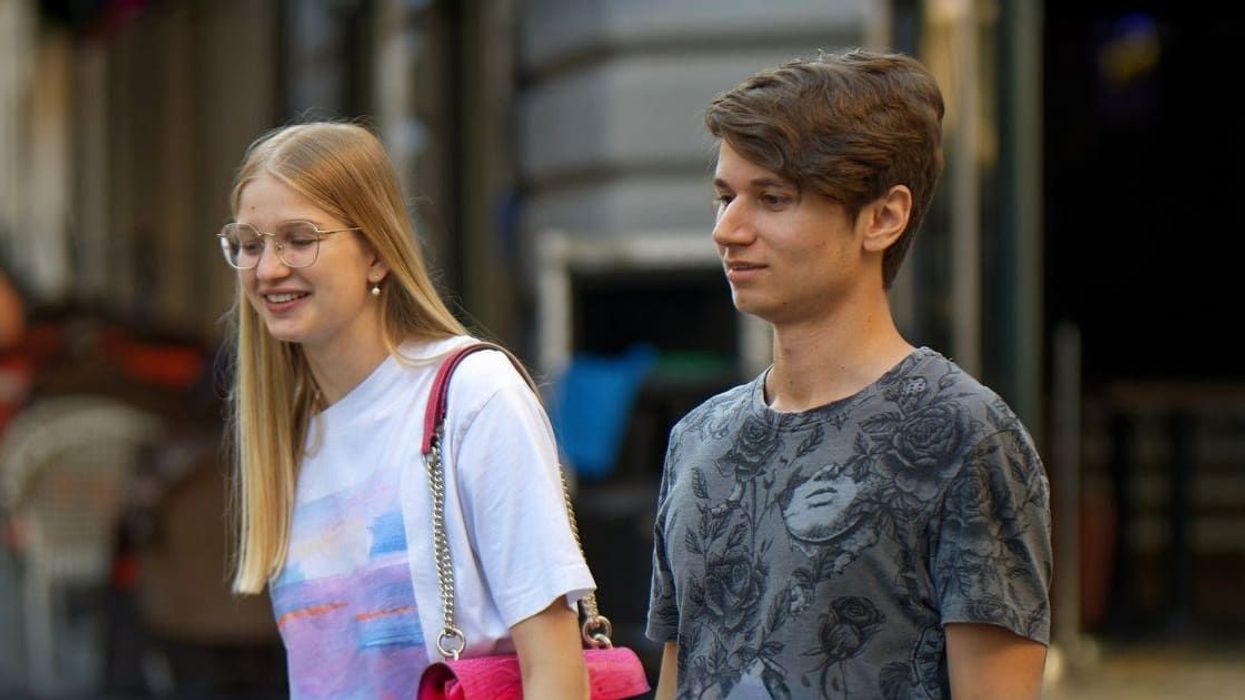"When I was in elementary school we tied a note to a balloon and let it go," says Lance Weiler, a Philadelphia-based storyteller who’s worked on several films and TV projects. "It’s those kinds of moments," he says, "where kids fundamentally connect with something beyond themselves." Weiler says that kind of connection is missing in our test-score focused modern education system, and he believes Robot Heart Stories, a 10-day experiential learning project designed to spark the imagination, could reignite students' passion for education.
The project has paired a classroom in Montreal and one in Los Angeles and charged them with working together to transport a robot back home to outer space. Project organizers chose a robot for the main character, Weiler says, because students are fascinated by things that are futuristic, and it "gave us a lot of narrative flexibility." The story-based approach makes it's easy to integrate multiple subjects—students must use writing, math, geography, and collaborative problem-solving skills.
The project will kick off in Montreal on October 17, with students there sending clues to the ones in Los Angeles. As the L.A. group works through an alternative energy curriculum, they’ll send information about natural resources that the robot can use to power itself. "It’s a classic call-and-response between both parties," Weiler says. En route to Los Angeles, the robot will travel to whatever destination the students choose, with the classes tracking its progress through GPS. "If the kids want to take the robot to Mount Rushmore to have tea with unicorns, a team—one photographer and a documentary filmmaker will physically move it there," Weiler says.
Creative-minded projects like this don't usually get public money, so Weiler has been crowdfunding it through an Indiegogo campaign. "Projects like this move at a faster funding cycle than grants work or brands can underwrite," he says. The project's site also has free downloadable "heart packs" that can be folded into a robot. For every thousand people that upload a picture of their heart pack robot interacting with something they love, and then upload it to the site, the group will make a donation to organizations that support creative writing in schools.
Weiler expects that the robot will make it to Los Angeles by the end of October, then travel into space in a weather balloon with a camera attached. Students will be able to watch a livestream of the robot as it rises 90,000 feet into the stratosphere. They'll be able "see the earth, the blackness of space, and the robot right in front of them," says Weiler. Early next year the robot will go deeper into space, this time on a rocket.
Weiler hopes that other schools will get involved soon. "There are so many people who want to make a difference in education," he says. "If everybody puts a little bit into the future, that makes this even more relevant."
















 Otis knew before they did.
Otis knew before they did.